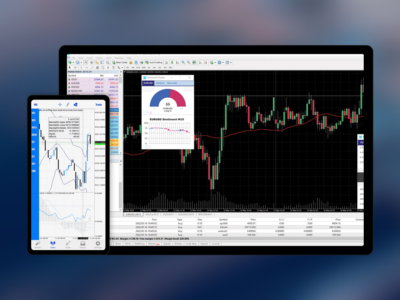In today’s digital age, the Point of Sale (POS) system has become integral to retail and hospitality businesses. However, many businesses may not be utilising their POS system to its full potential. In this article, we will explore the signs indicating whether you are using your POS system properly and provide insights on maximising its efficiency.
Understanding Your POS System
Retail pos system is not just a tool for processing transactions. It is a comprehensive platform that can streamline operations, improve customer service, and provide valuable insights into business performance. A well-utilised POS system can track inventory, manage customer data, and generate detailed sales reports, among other functions.
Signs of Proper Utilisation
- Efficient Transaction Processing: A key indicator of using the POS system effectively is the speed and accuracy of transaction processing. If your staff can swiftly complete transactions without errors, it suggests that they are well-versed in using the system.
- Inventory Management: Proper utilisation of the POS system involves leveraging its inventory management capabilities. Businesses should be able to track stock levels, receive alerts for low inventory, and generate reports on fast-moving products. If these features are actively used, it indicates effective POS utilisation.
- Customer Engagement: A well-implemented retail pos system enables businesses to capture and utilise customer data for personalised marketing and loyalty programs. If your system effectively gathers and leverages customer information, it is a sign of proper utilisation.
- Reporting and Analytics: A properly utilised POS system provides valuable insights through detailed sales reports, performance analytics, and trend analysis. Regularly reviewing and acting upon these reports demonstrates effective use of the system.
Signs You’re Not Using Your POS System Properly
- Limited Utilisation of Features: If you find yourself only using the basic transaction processing capabilities of your POS system and overlooking its advanced features, such as inventory management, customer relationship tracking, and sales analytics, it’s a clear sign that you’re not leveraging the full potential of the system.
- Manual Workarounds: Resorting to manual workarounds to address shortcomings in your POS system, such as using spreadsheets to track inventory or customer data, indicates that the system may not be optimally configured to meet your business needs.
- Inadequate Training and Support: If your staff members struggle to operate the POS system effectively due to a lack of proper training or inadequate technical support, it can lead to inefficiencies and errors in transaction processing.
Maximising POS System Efficiency
Now that we have identified the signs of proper POS system utilisation let’s delve into how businesses can maximise the efficiency of their POS system.
- Staff Training: Comprehensive training on the functionalities of the POS system for staff members is crucial. Regular refresher courses and updates on new features ensure that employees are adept at using the system to its full potential.
- Customisation and Integration: Businesses should explore their POS system provider’s customisation and integration options. Tailoring the system to specific business needs and integrating it with other software solutions can enhance its efficiency.
- Regular Updates and Maintenance: Keeping the POS system updated with the latest software versions and performing routine maintenance is essential for optimal performance. This includes ensuring data security and system stability and addressing any technical issues promptly to minimise downtime.
- Utilising Advanced Features: Many POS systems offer advanced features such as mobile payments, online ordering, and customer relationship management (CRM) tools. Businesses should explore and implement these features to expand the capabilities of their POS system.
- Feedback and Adaptation: Encouraging feedback from staff and customers regarding the POS system can provide valuable insights for improvement. Businesses should be open to adapting their POS processes based on feedback to enhance user experience and operational efficiency.
- Data Analysis and Action: Leveraging the data generated by the POS system is crucial. Businesses should regularly analyse sales trends, customer preferences, and inventory data to make informed decisions and drive business growth.
- Monitor Key Performance Indicators: Establishing key performance indicators (KPIs) related to POS system usage, such as transaction processing times, inventory turnover rates, and customer satisfaction scores, can provide valuable insights into the system’s effectiveness. Regularly monitoring these KPIs allows businesses to identify areas for improvement and measure the impact of POS system optimisation efforts.
Conclusion
Properly utilising a POS system is essential for businesses to enhance operational efficiency, improve customer service, and drive growth. By recognising the signs of effective POS system utilisation and implementing strategies to maximise its efficiency, businesses can harness the full potential of this powerful tool.
With continuous training, customisation, and data-driven decision-making, businesses can ensure that they are using their POS system to its fullest capacity, ultimately leading to improved business performance and customer satisfaction.













Comments